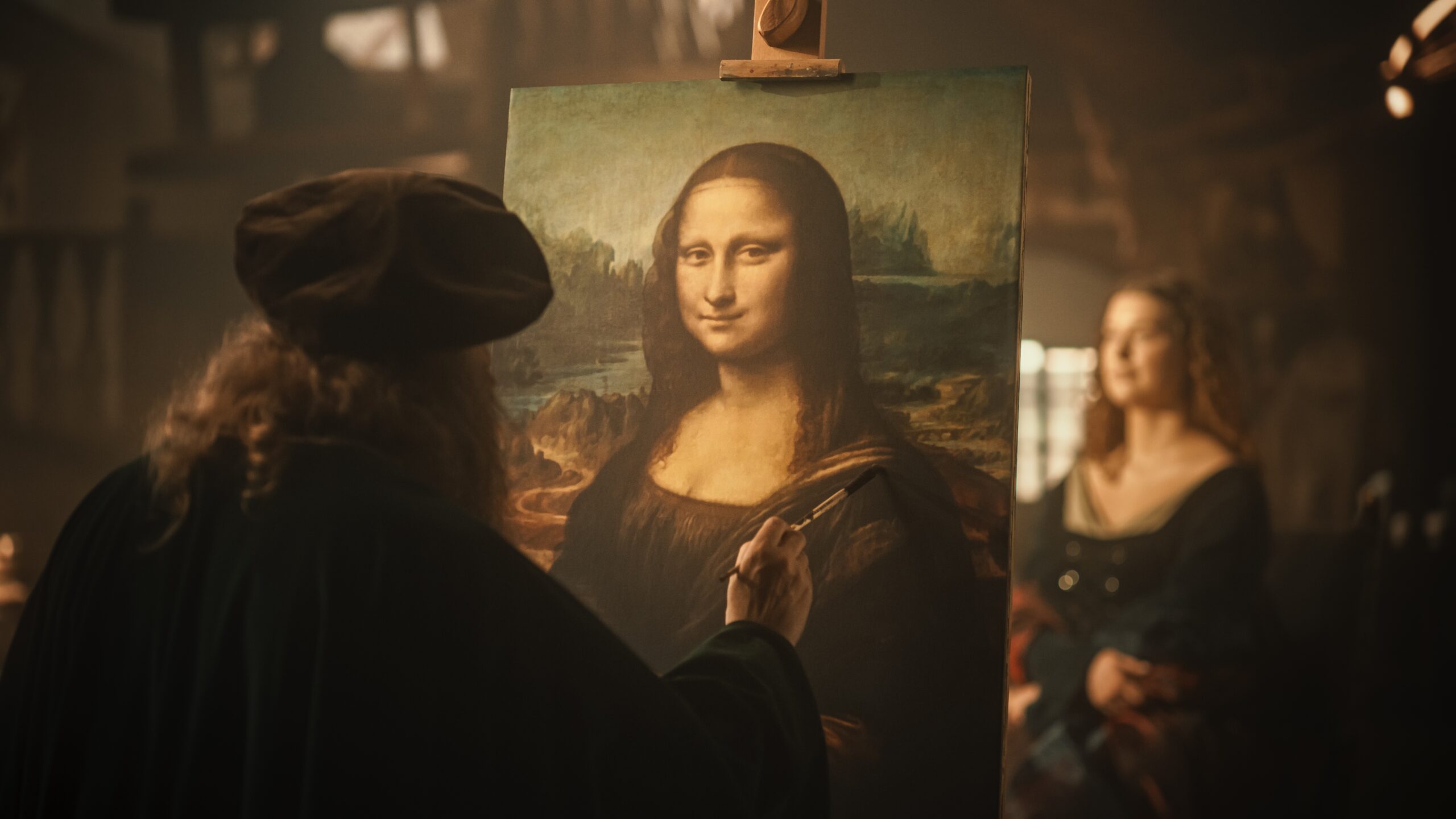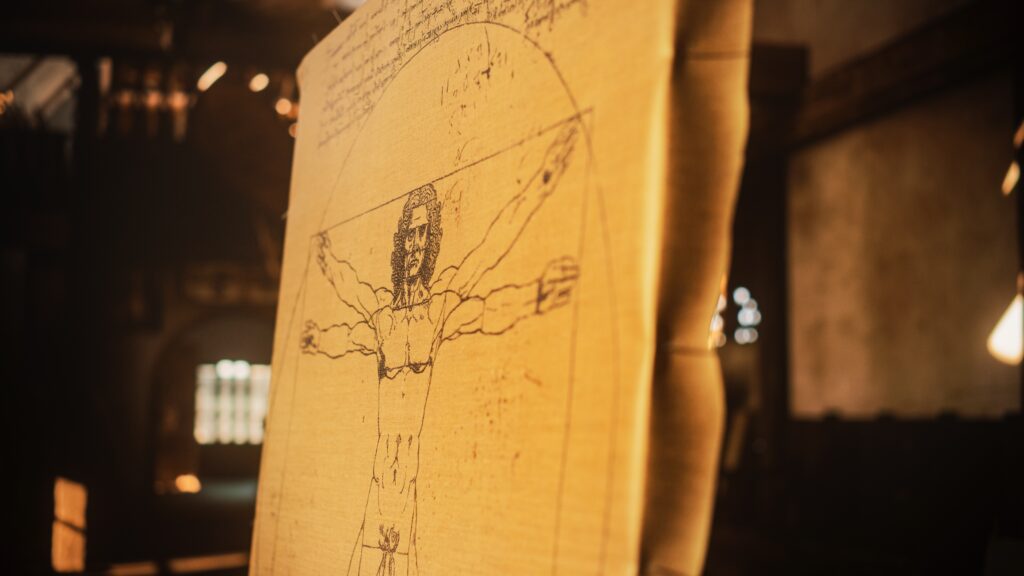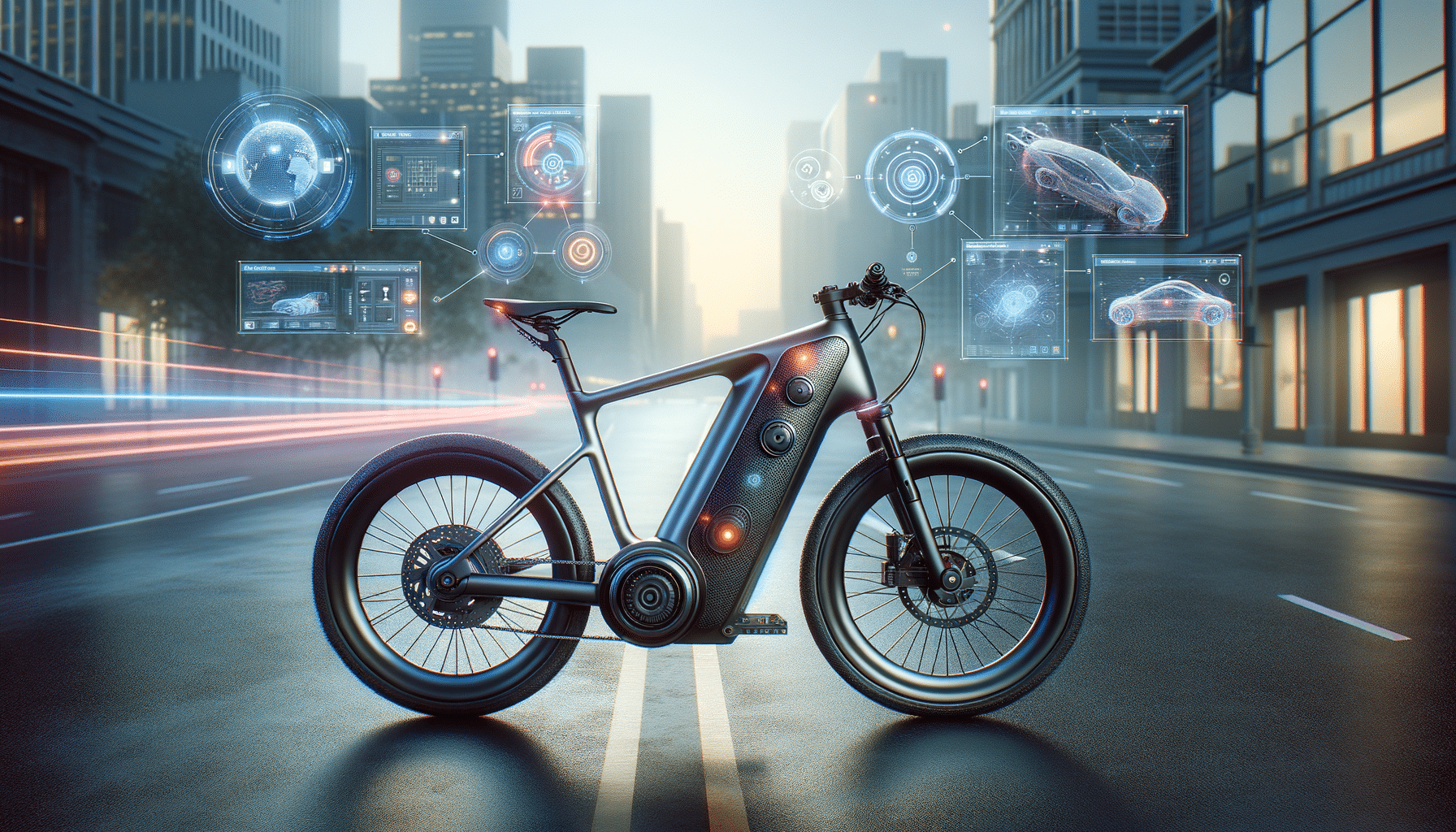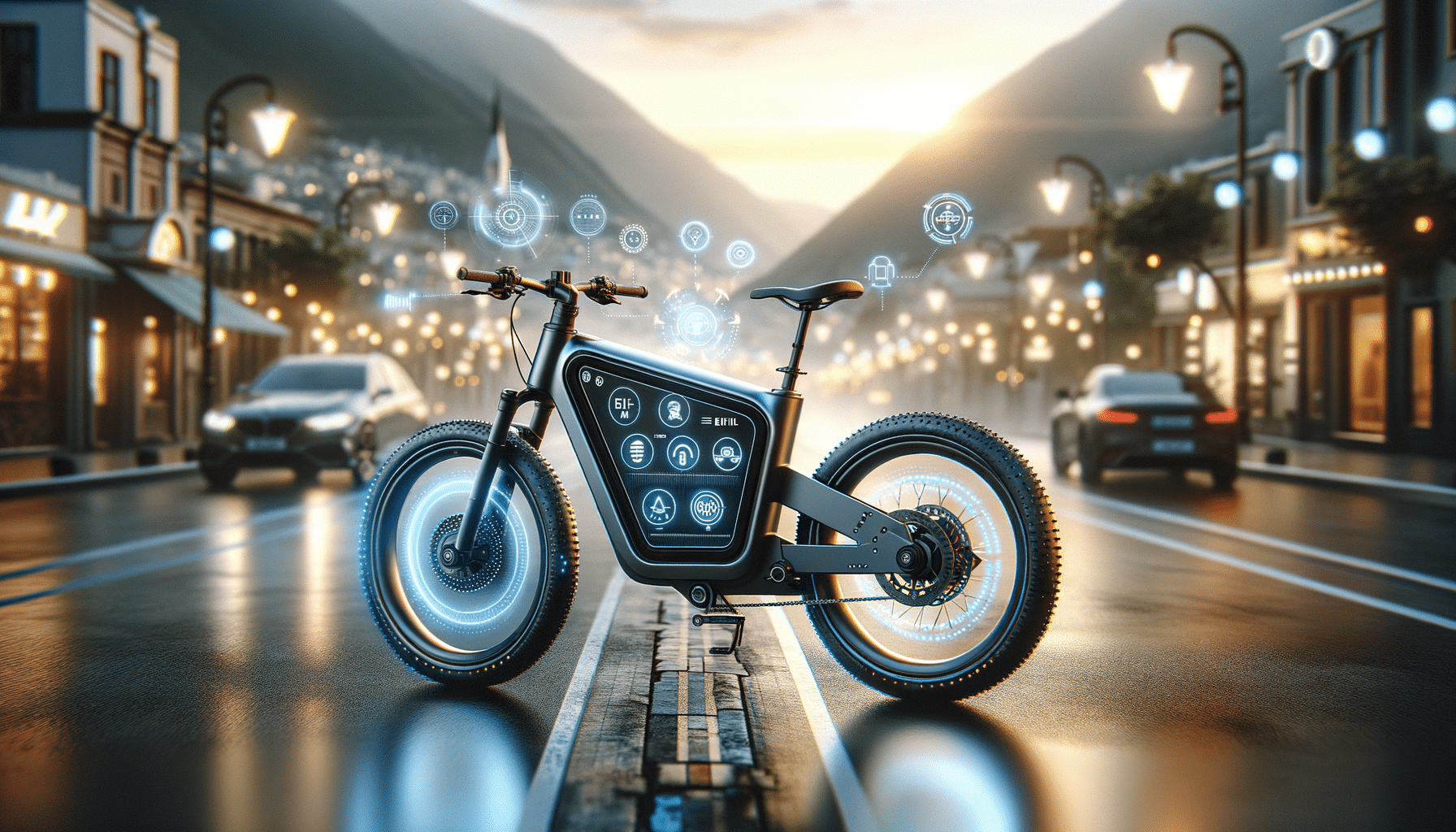
Leonardo da Vinci: The Timeless Genius of the Renaissance
Artist, Inventor, Visionary — and Centuries Ahead of His Time
Leonardo da Vinci is often remembered as the painter of the Mona Lisa, but his influence reaches far beyond the walls of any museum. A true Renaissance man, Leonardo was a scientist, inventor, engineer, anatomist, and thinker — all in an age when such a mix was rare.
This blog explores his life, his extraordinary curiosity, and the innovations that made him one of the most iconic figures in human history.
Outline
- The Birth of a Polymath
- Apprentice to Master: Early Years in Florence
- Painting the Unforgettable
- The Scientist Before Science
- Inventions and Ideas Before Their Time
- Anatomy, Engineering, and the Power of Observation
- The Notebooks: Genius on Paper
- Leonardo’s Legacy
- Final Thoughts
The Birth of a Polymath
Leonardo da Vinci was born in 1452 in Vinci, a small town in Tuscany. Born out of wedlock to a notary and a peasant woman, he received no formal academic education. But what he lacked in schooling, he made up for in relentless curiosity.
As a child, he was fascinated by nature, mechanics, and the human form — themes that would define his life’s work.
Even from a young age, Leonardo saw connections between art and science that others missed.
Apprentice to Master: Early Years in Florence
At 14, Leonardo was apprenticed to the artist Andrea del Verrocchio in Florence, where he learned painting, sculpture, metalwork, and drafting.
He soon surpassed his teacher, contributing to artworks with a lifelike quality that astounded contemporaries. By his early twenties, he was already being recognised for his genius with a brush.
Florence, the heart of the Renaissance, provided the perfect canvas for his emerging talent.
Painting the Unforgettable
Leonardo’s most famous artworks include:
- The Last Supper (1495–1498): A masterpiece of composition, emotion, and innovation.
- Mona Lisa (c.1503): Perhaps the most famous painting in the world, known for its mysterious smile and technical brilliance.
- Vitruvian Man (c.1490): More than a sketch — a symbol of harmony between art and science.
He revolutionised art by:
- Using light and shadow (chiaroscuro) for realism
- Mastering perspective
- Portraying psychological depth in his subjects
Leonardo didn’t just paint people — he painted souls.
The Scientist Before Science
Leonardo saw no separation between art and science. He studied botany, astronomy, physics, and geology not for fame, but to understand the world.
He observed, questioned, recorded — centuries before the scientific method was formalised.
- He examined how birds flew
- He studied how muscles moved
- He sketched rock layers, speculating about Earth’s age
He didn’t just record what he saw — he tried to explain it.

Inventions and Ideas Before Their Time
Leonardo designed machines that wouldn’t be built for centuries, including:
- Flying machines
- A scuba suit
- Armoured vehicles
- A precursor to the modern helicopter
Though few of his inventions were constructed during his lifetime, modern engineers have found that many could work — and would’ve been revolutionary in their time.
He had ideas that wouldn’t make sense until long after his death — a true visionary.
Anatomy, Engineering, and the Power of Observation
Leonardo conducted human dissections (often secretly) and made detailed anatomical drawings that remained unmatched for centuries.
He was also fascinated by:
- The structure of the heart
- Blood circulation
- The human skeleton
- Muscle movement
His anatomical drawings are still studied today for their precision and beauty.
He understood that to paint the body perfectly, he had to know the body perfectly.
The Notebooks: Genius on Paper
Leonardo filled over 7,000 pages of notebooks with sketches, ideas, observations, and mirror-writing — a curious habit possibly used for privacy or efficiency.
These notebooks included:
- Scientific theories
- Mechanical designs
- Art studies
- Personal reflections and to-do lists (yes, even geniuses made lists)
The notebooks are a window into a restless mind that never stopped questioning.
Leonardo’s Legacy
Leonardo da Vinci died in 1519, but his legacy endures.
He is remembered not just for his art, but for his spirit of inquiry — his desire to connect disciplines, explore the unknown, and see beauty in complexity.
Today, his name stands as a symbol of creative genius, used everywhere from universities to artificial intelligence projects.
He was one of the first to remind us: art and science are not enemies — they’re partners.
Final Thoughts
Leonardo da Vinci didn’t just live in the Renaissance — he defined it. He showed the world what’s possible when curiosity meets discipline, when art meets science, and when a person refuses to be limited by a single title.
Painter. Inventor. Anatomist. Engineer. Dreamer.
Leonardo da Vinci wasn’t ahead of his time. He was ahead of ours.


